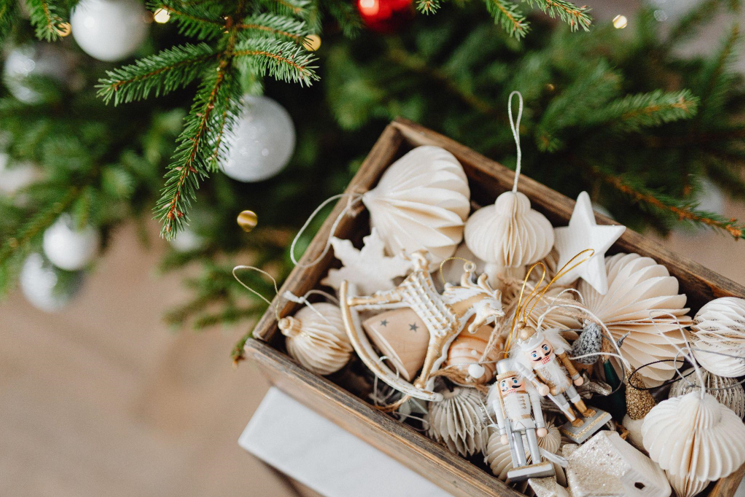The Origins of Artificial Christmas Trees
Did you know that artificial Christmas trees have been around for centuries? The first recorded use of an artificial tree dates back to Germany in the 16th century. Back then, people created “trees” out of greenery and decorated them with fruits, nuts, and candles to celebrate the holiday season.
However, in the 19th century, the artificial Christmas tree as we know it today began to emerge. In the United States, German immigrants brought over their traditional greenery-based trees, which needed to be more convenient and accessible to maintain. Thus, enterprising individuals began creating trees out of feathers, wire, and even goose quills.
Today, artificial Christmas trees are a staple in many homes worldwide, offering a convenient and low-maintenance alternative to real trees. Given their durability, purchasing promptly can help you save money in the long run by not having to buy new trees every year.
The Appeal of Artificial Christmas Trees
Artificial Christmas trees continue to appeal to people for a variety of reasons. For one, they offer an opportunity to experience the romance and magic of the holiday season without the worry and hassle of actual tree upkeep.
Artificial trees are also popular in vacation destinations such as ski resorts and beachside getaways, where visitors can experience a wintery or festive vibe even in warm, sunny climates. They’re also a popular choice for Church and charity events, where they offer a low-maintenance and cost-effective way to elevate the holiday spirit.
But artificial Christmas trees aren’t just for holidays – they’re also used in education to teach about the history and traditions of the holiday season. Many schools and universities incorporate artificial trees into their decor during winter months, allowing students to learn about the festivities associated with Christmas and other holidays.
Interestingly, artificial trees have also found their way into popular culture, with pop stars like Taylor Swift and Mariah Carey featuring them in their music videos. And let’s not forget the influence of medieval times and kings and queens; many artificial trees today are still created in the shape of traditional evergreen trees, offering a nod to the holiday traditions of the old.
In conclusion, the history and impact of artificial Christmas trees are far-reaching and fascinating. From their origins in medieval times to their popularity today as a holiday spirit symbol, they hold a special place in our hearts and homes. Whether celebrating in a winter wonderland or on the beach, an artificial Christmas tree can help make your holiday dreams come true.




